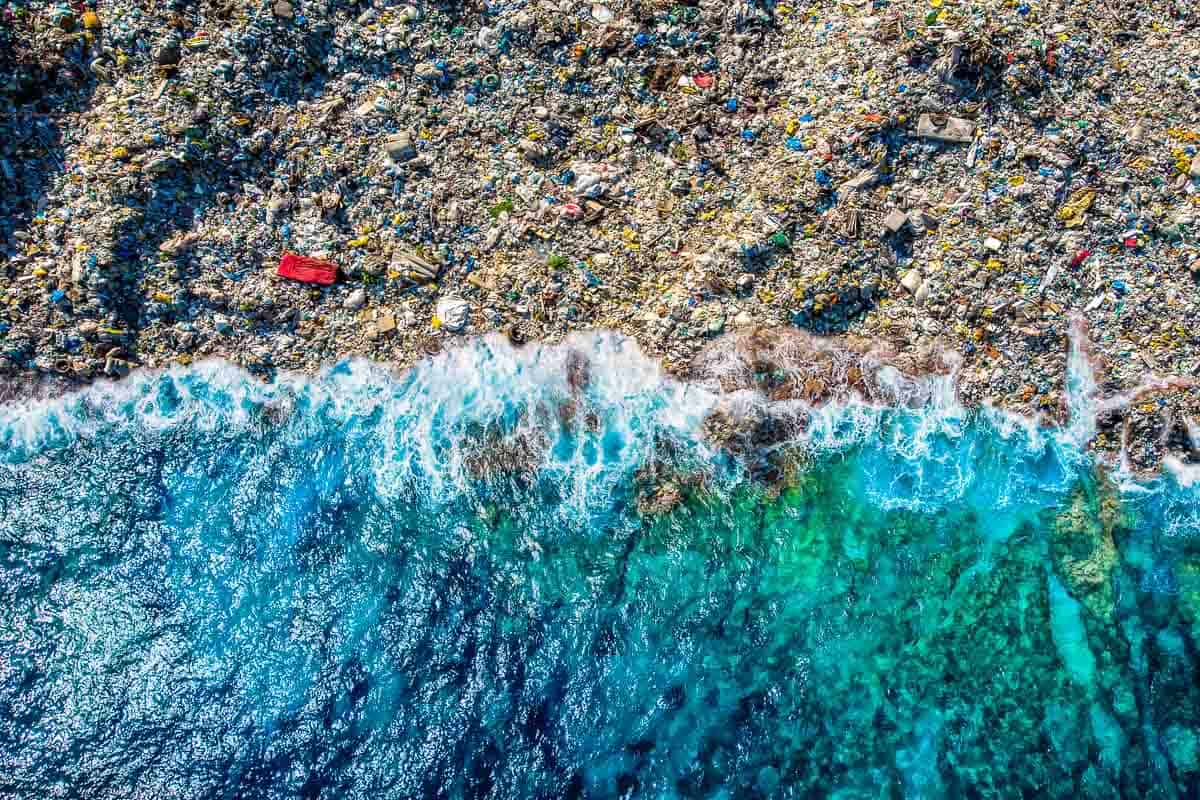You have probably seen one of the videos on the internet of a turtle being freed from a plastic cup holder. Unfortunately more often than not these animals choke on plastic straws or die of plastic-based waste consumption.
Plastic can be found in oceans all around the world and it has been estimated that by 2030, there will be more plastic in the ocean than fish. A 2010 study found that there was an estimated 150 million tons of plastic in our ocean and by 2025 that figure would have climbed to 250 million. (For the sake of comparison a Boeing 737 commercial airplane weighs 90,000lbs unloaded.)
According to the United Nation, straws account for approximately 0.025% of the plastic found in the ocean and while this figure may seem small it equates to an estimated 37 500lbs of plastic. Straws may not be the bulk of the plastic found in our oceans but they do serve as an important reminder to people that unnecessary plastic articles have an enormously negative impact on marine life. Therefore, minimizing our plastic use (straws included) is one of the best ways to protect our oceans. We need to find more plastic straw alternatives.
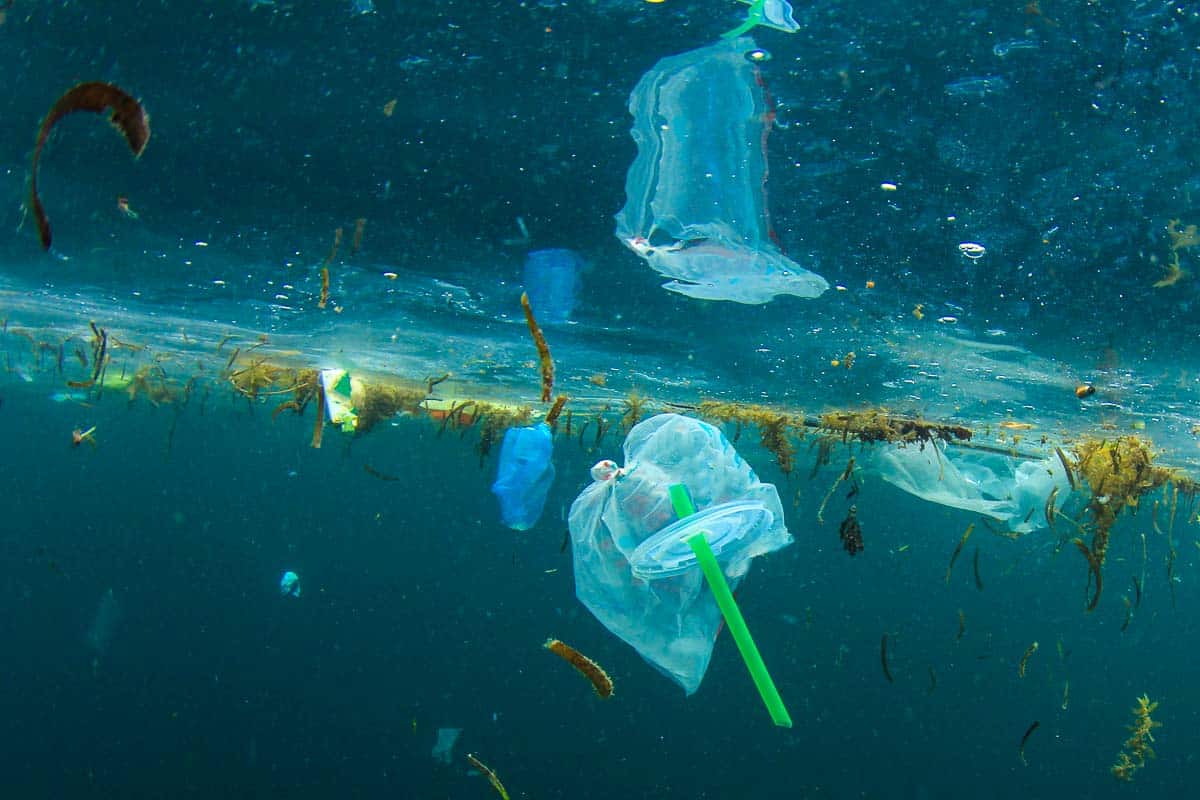
PLASTIC STRAWS
Quick Guide
- How Plastic Straws Affect The Environment?
- How Plastic Straws Affect The Animals?
- How Do Plastic Straws Get Into The Ocean?
- Are Plastic Straws Biodegradable?
- What Is The Best Plastic Straw Alternative?
- How To Clean Reusable Plastic Straws, Bamboo Straws, And Steel Straws?
- How Long Do Paper Straws And Bamboo Straws Last?
- FAQs
- Final Thoughts
How Do Plastic Straws Affect the Environment?
Single-use plastics, such as plastic straws, are not biodegradable. This means that instead of breaking down into organic material which can be absorbed by the earth, the plastics break down into tiny particles known as microplastics.
Plastic particles are classified as microplastics when they are smaller than 0.2 inches (5 mm). The problem with this is the smaller the plastic particle, the more difficult it is to filter or clean from the environment. Hence, when these plastics end up in the environment, whether ocean or land, they have devastating repercussions. The effects of plastic include but are not limited to; interference with natural ecosystems and chemical pollution of groundwater and oceans.
Single-use plastics cannot be melted down and reused. They accumulate in formal and informal dumps (many of these lie close to or on river banks). One of the most recognizable single-use plastics encountered during beach clean-ups is the plastic straw. According to the Ocean Conservancy´s International Coastal Cleanup, plastic straws are amongst the top 10 items found every year.
Want to delve more into the environmental devastation caused by plastic pollution? Check out Ocean Plastics: The Ecological Disaster of our Time.
How do plastic straws affect animals?
Marine animals frequently mistake smaller plastic articles for food, and the species that are most commonly misled include turtles, seabirds, marine mammals as well as many fish. There are an estimated 267 species that are affected by plastic ingestion and amongst all of them, research suggests that seabirds are the most affected. A recent study estimated that about 90% of all seabirds have ingested plastic in their lifetime. It further suggests this occurrence is becoming more common – so much so that by 2050, 99% of all species of seabirds will have ingested some form of plastic.
Apart from seabirds, many other marine species are affected by plastics. There are too many videos of turtles being freed from plastic straws caught in their throats or noses. In the case of turtles, this can be exceptionally serious as they commonly mistake plastic for food and straws are often very sharp which leads to injury. To emphasize the seriousness – the degradation of this animal’s habitat combined with the unregulated consumption of their eggs as a food source by humans, means sea turtles are in grave danger as their worldwide population begins to decline at a rapid rate.
In the case of marine life – the plastic either chokes the animals causing asphyxiation or blockage of their trachea (food pipe). Although seabirds and sea turtles seem to be most affected by plastic pollution in the ocean, many other marine species are suffering from the ingestion of plastic. Larger animals have been washing up on shores with their stomachs full of plastic. These include different species of whales and dolphins. With these larger species, one plastic piece may not choke them or kill them however the larger the quantity of plastics ingested the more likely they will have a false sense of having eaten, subsequently leading to starvation.
How Do Plastic Straws Get Into the Ocean?
Essentially, in any beach bar around the world you will get a cold beverage with a plastic straw to drink from. Since plastic straws are light and small they are easily caught by the wind and eventually may end up in the ocean. Additionally, worldwide many countries do not have proper waste management. Waste may accumulate on beaches where the water takes the waste into the ocean at high tide. Furthermore, waste that is located on the streets may be washed into rivers, which will eventually lead to our oceans. Nowadays, many plastic straw alternatives do not harm the environment as severely or even at all. For example, bamboo straws are made entirely of natural bamboo and if they are washed into the ocean, they would merely become driftwood that will decompose after some time. This is due to the organic materials and fibers that make up bamboo as opposed to plastic.
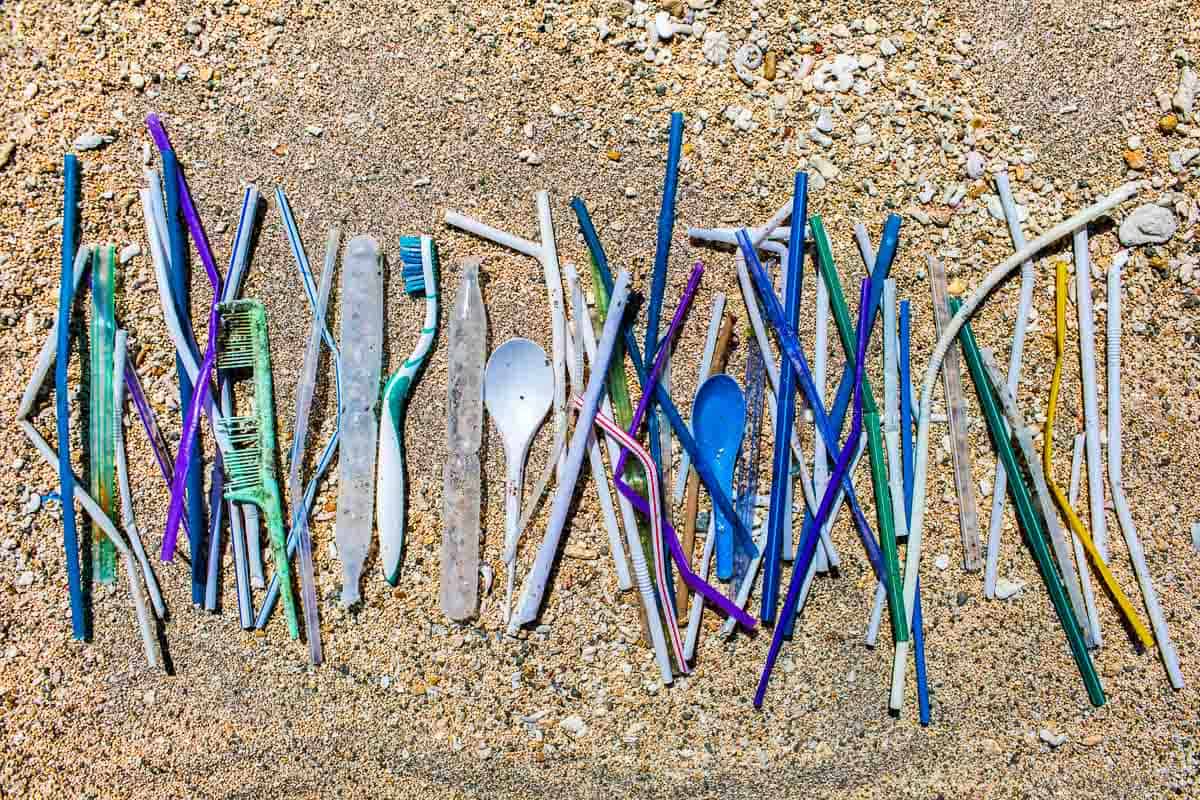
Although many people are educated and aware of the problem that single-use plastics propose, their actions are infrequently directed towards less pollution. For example – many developing countries cannot access the right to education on such topics and therefore they lack awareness of the harm they are causing. This as well as many other factors such as misunderstanding and misdirection all contribute to a less frequented approach to our plastic crisis.
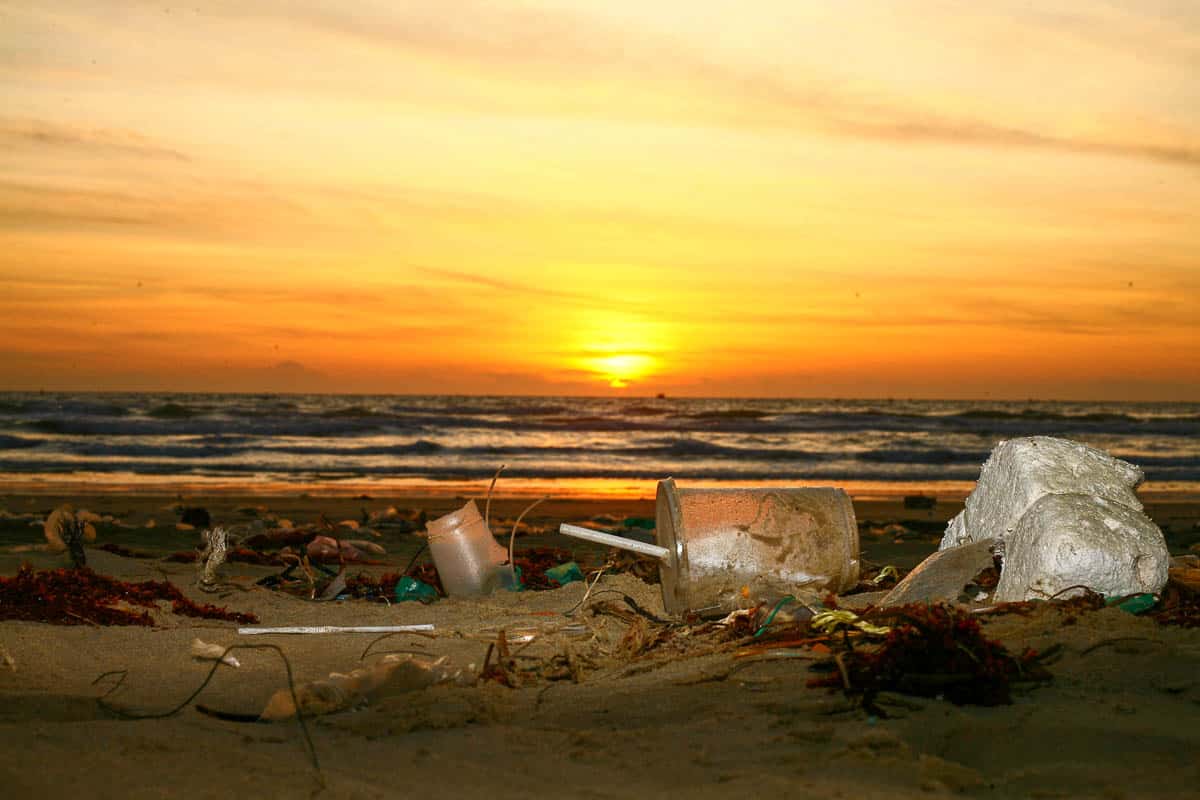
Are Plastic Straws Biodegradable?
Plastic straws are not biodegradable and eventually will break down into smaller pieces due to sun and water exposure. This is only made more inevitable since most straws are made of single-use plastics which are primarily made from fossil fuel-based chemicals, also called petrochemicals. Apart from plastic straws, many packaging materials such as bags, bottles, or wrappers are composed of single-use plastics. Nevertheless, there is hope. Nowadays many plastic straw alternatives are more sustainable, and some are even biodegradable.
The nature of single-use plastics such as straws is that you cannot recycle them and so if you bought some before you became aware of the situation, the best bet is to use them as much as you can and then dispose of them correctly. Depending on what you were drinking, you may be able to clean the plastic straws (by washing them thoroughly from the inside and outside)and reusing them until they are fully broken. The straws can be put into a dishwasher but be cautious not to throw them in boiling water.
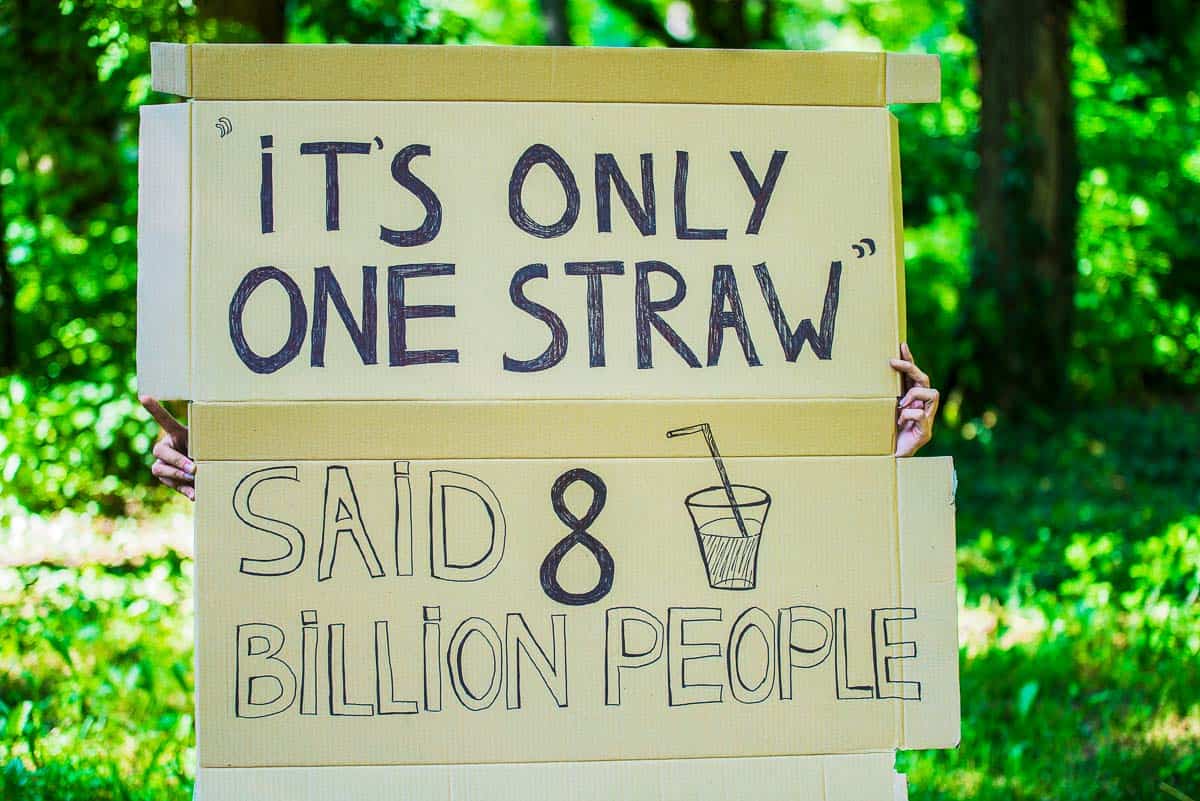
What is The Best Plastic Straw Alternative?
Alternatives to single-use plastic straws include straws made out of steel, paper, silicone, glass, hard plastic, biodegradable plastic, and bamboo. While there are pros and cons to using all of them, glass and silicone straws seem to be the least favorable option. When comparing glass and stainless steel the stainless steel straws are more practical and safer since they won`t break when you take them in your bag.
Furthermore, biodegradable plastic straws have been introduced to reduce the environmental impact people and entities have. However one must be aware that the so-called biodegradable plastic straws have often been found to include plastic that is not biodegradable.
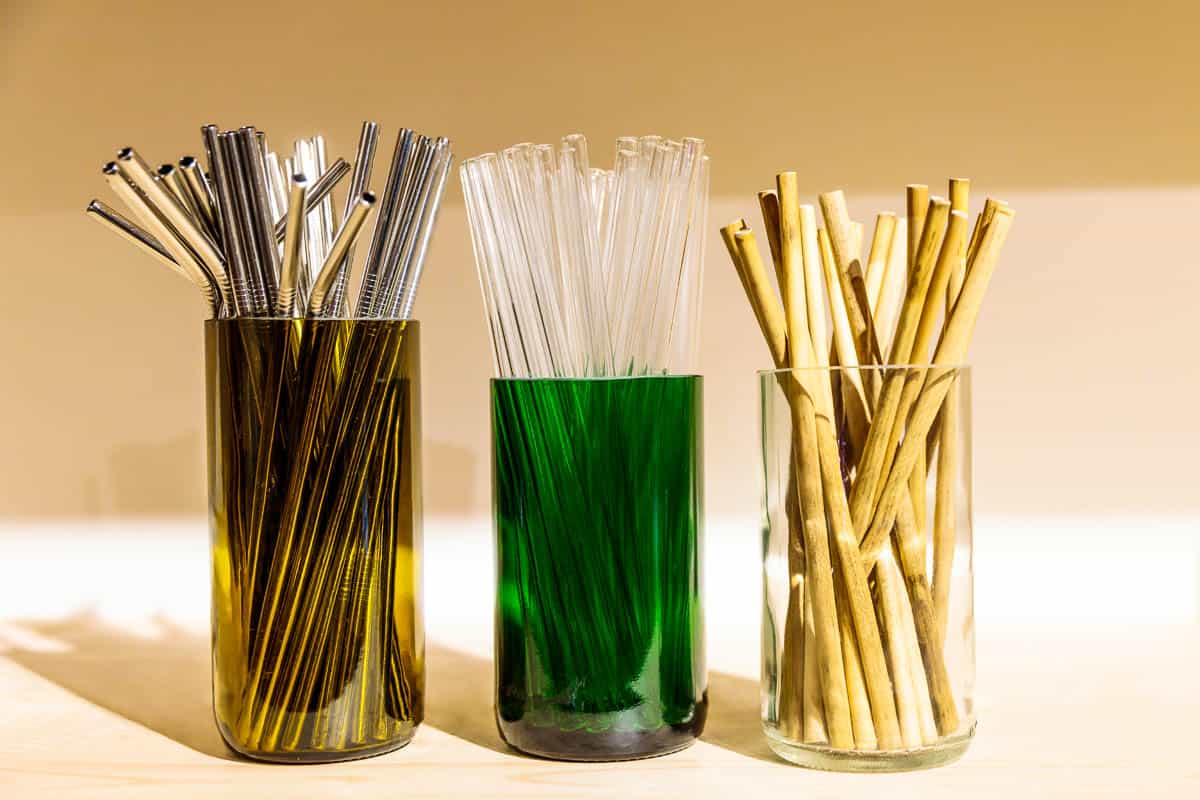
Therefore, steel straws, hard plastic straws, and bamboo straws represent the best alternatives. Steel is the most durable however for those that do not like the material – bamboo serves as an excellent alternative. While bamboo is relatively less durable and requires the need to ensure you clean and dry it well, it is wholly compostable.
Another alternative is the paper straw. These have long since been the best alternative to single-use straws. However, since the paper takes up liquid easily it still produces waste every time someone needs a new straw.
How to Clean Reusable Plastic Straws, Bamboo straws, and Steel straws?
Reusable plastic straws, bamboo straws as well as steel straws can be cleaned with a cleaning brush (which usually comes with the straw when you buy it). Depending on what you were drinking add warm water and detergent to a bowl or sink making sure to clean the inside of the straw first and thereafter clean the surface. Alternatively, you could also place them in the dishwasher should you have one but ensure the straw is placed in standing upright. Finally, to make sure your straw is completely disinfected, place it in boiling water and vinegar for 40 minutes.
With all reusable straws, it is important that, at minimum, you give them a rinse directly after use. This ensures there are no bits and pieces are left inside the straw that may otherwise be difficult to remove later.
How Long do Paper Straws and Bamboo Straws Last?
Paper straws are used once and subsequently discarded, making them a direct alternative to single-use plastic straws. The nature of the paper is that it absorbs liquid and loses form after it’s used, meaning it ends up in the trash with the rest of the takeaway cup and waste. In many cafés, such as Starbucks, one can now get paper straws with their takeaway beverage.
In contrast, bamboo straws are meant to be used repeatedly. If you consistently clean your bamboo straw it can last you a couple of years. However, you may have to replace it after a year or so especially if you left it submerged in liquids for extended periods. A study suggests that most people replace their bamboo straws after approximately half a year.
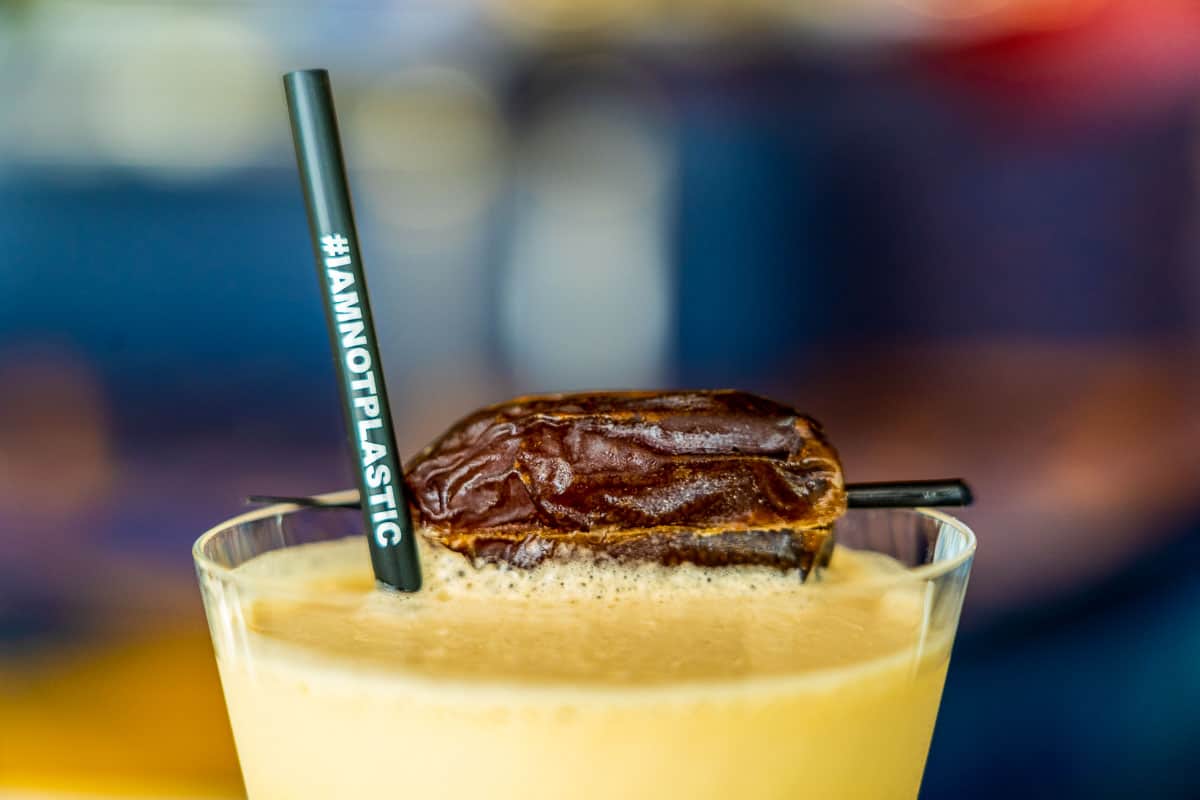
FAQs
1. Are straws recyclable?
Plastic straws are not recyclable because they are defined as what we term “single-use plastics”. All single-use plastic products are made to be used once and disposed of after. Other single-use plastics include packaging materials such as shopping bags, bottles, or wrappers, which are not recyclable and cannot be melted down, remodeled, or reused. Instead, these plastics break down into smaller pieces termed “microplastics”. Microplastics describe plastic pieces that are smaller than 0.2 inches (5mm) and due to their size they are very difficult, if not impossible, to remove from the environment.
2. How to dispose of plastic straws?
If you get a plastic straw and you need to dispose of it, please make sure to dispose of it in a trash can. Since it is made of single-use plastic, it will not be recycled, instead, the trash will be sorted and the plastic straw will be burnt with other single-use plastics found.
If you are at the beach, on a walk, or anywhere that does not have an accessible trash facility and you are using a plastic straw, please ensure you dispose of it at the next nearest trash facility. This is opposed to throwing it on the floor, out the window, or in the ocean. You can do this by either taking the straw and disposing of it in the trash yourself or making sure the wind doesn’t blow it away before the waiter can clean your table.
3. Why plastic straws should be banned?
Since plastic straws are made of single-use plastics, it is impossible to reuse or recycle the material. Additionally, due to the size and weight of plastic and more especially, straws, they are easily blown away by winds or washed away by water. Therefore, all single-use plastic articles (which are mainly used for packaging) should be banned and replaced with a more sustainable solution. These single-use plastics are hazardous not only when they are big (choking, asphyxiating, and trapping animals) but also when they have been broken down into microplastics (because they release toxic chemicals into their surroundings and cannot be easily removed).
4. Why use stainless steel straws?
With these straws, long as you store and clean them correctly, they will be able to be used indefinitely. Additionally, they don’t bend or break easily and do not change the flavor of the beverage you are consuming, making them a great alternative to single-use plastic straws.
5. How to make bamboo straws?
This is not an easy process, however, bamboo is harvested, cut, shaped, and dried under direct sunlight. Once the straws have dried, the stems would now be hard enough to continue working with. The next step would be to cut them at a length of about 8 inches (20cm) using a very sharp knife and then to sand them down properly so that the entire stem and both ends do not have any sharp corners. Thereafter, you would wash the bamboo straw and place it in boiling water with vinegar for approximately 40 minutes (this makes sure that the bamboo is disinfected). Finally, allow the bamboo straw to dry under direct sunlight.
FINAL THOUGHTS
Single-use plastic straws should be banned and replaced by more ecologically-friendly alternatives such as steel or bamboo straws. Since plastic straws will eventually break down into microplastics, they are detrimental to the environment. On uninhabited remote islands, in the deepest trenches of the ocean and inside countless bodies of marine animals you’ll find traces of microplastics – contaminating anything and everything. Imagine eating a fish that was caught just off the shore, it will contain microplastics with potentially toxic chemicals that you will consume. So with that being said, we should protect our environment to ensure animals don´t suffer at our hands but also be aware that we eventually eat some of these creatures and so should protect our fellow humans from the potential toxins that these plastics release.
Maybe your goal for your next travel adventure could be to help clean up beaches, stop sucking on plastic straws, and contribute to a more sustainable environment through the use of plastic alternatives.
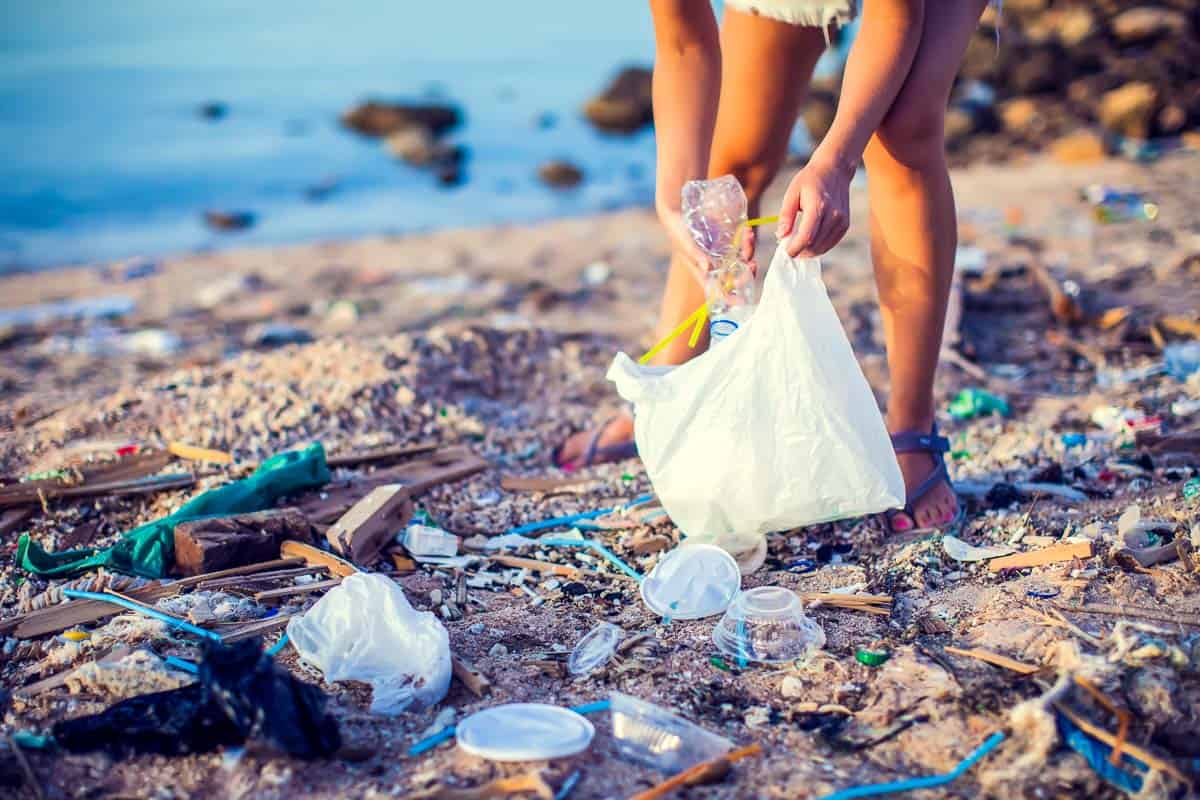
SOURCES
Plastic Straws
- Fourth Industrial Revolution, Klaus Schwab, 4IR
- World Plastics Production , PlasticsEurope
- Fighting for trash free seas, OceanConservancy
- Latin America Wakes Up To The Problem Of Plastic Straws, Unenvironment
- The Role Of Social Marketing, Marine Turtles and Sustainable Tourism In Reducing Plastic Pollution, Eagle et al. 2016
- Threat Of Plastic Pollution To Seabrids Is Global, Pervasive, and Increasing, Wilcox et al. 2015
- Microplastics In Seafood And The Implications For Human Health, Smith et al. 2018
REACH OUT
As always, we create our content with you, fellow divers, in mind. So, how’d we do? Did you find this informative? Did it help you make a decision? Did we miss anything? We’d love to hear from you below. Thanks for reading and we hope your next dive is a great one!


